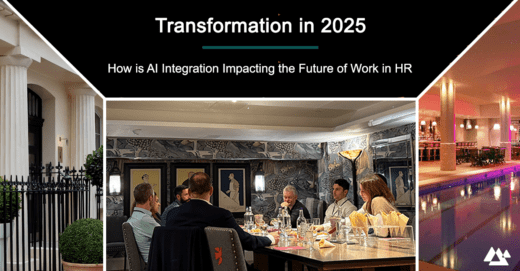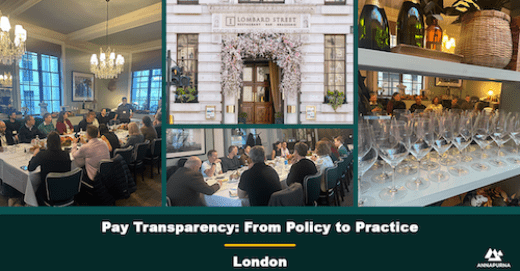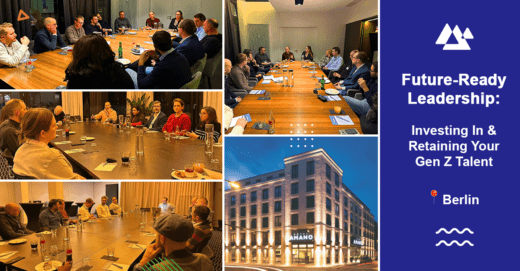“…in this world, nothing can be said to be certain, except death and taxes.”
The famous quote by Benjamin Franklin has never been truer than today.
As political certainties are turned upside down and surprises come at us from all angles, organisations could add another rare certainty: CHANGE. And change is, err – changing.
Of course, business has always known that change is inevitable. But in the past, most of it happened over time.
Sure, events like evolving consumer demands, the arrival of new technologies or competitors caused businesses to change, but, even if companies didn’t prepare for them, they did (theoretically) have time to spot them.
For example, everyone knows that Kodak missed the boat on digital photography. But the reality is that Kodak was not caught out overnight – in fact, they had three good chances over a 25 year period to get into the game.
The kind of change we are dealing with now doesn’t give you that much time.
Change has become faster – roughly following Moore’s Law. Think about it: 30 years ago, we didn’t have the smartphones that are now ubiquitous. 30 years before then, people didn’t have personal computers.
It’s not just technological change. Rapid shifts in attitudes, new social demographics and falling barriers to market entry are just some of the things that are threatening established organisations.
That means businesses must adapt faster- or perish.
But more importantly, it calls for a different way to generate this change. No longer is it good enough to discuss major (and minor) change at the annual strategy day, then set up steering groups that get progress updates at monthly 2hr committee meetings.
While I am all for good governance, this process is too slow to stay ahead of the change needs. And, crucially, it misses out on the dynamic creativity of the wider organisation that *could* be harnessed.
Instead of *doing* change or transformation, the most successful businesses build the ability to respond to threats and to pro-actively look for opportunities into the very DNA of their organisation.
It’s called business agility.
Def: In a business context, agility is the ability of an organisation to rapidly adapt to market and environmental changes in productive and cost-effective ways. (Wikipedia)
Agile businesses strike a balance between stability and flexibility. Agile organisations have structures and processes that are lithe enough to avoid change inertia while also preventing a decent change chaos. They exhibit greater flexibility, nimbleness and speed in the way they do things.
And the results are convincing:
- companies with high agility grow revenue 37% faster and generate 30 % more profits
- 70% of agile organisations score in the top quartile for organisational health and performance – compared to 23% of the other categories of organisation
So why are too many businesses struggling to be more agile?
The reason lies in the very nature of how established organisations perceive themselves and how they are structured and manage themselves.
The organisation as a machine.
The concept rooted in the Industrial Revolution is still the guiding metaphor for management in many businesses.
Structures and processes are designed to make sure that, like cogs in a machine, the different parts of an organisation work together efficiently. Centralised management holds all the information and therefore made decisions for the business as they are the ones with sufficient overview and insights. Sometimes parts need to be replaced, other times, initiatives provide the lubrication to make it run more smoothly.
And this approach made sense at the time. It was the time of building railroads and steam ships. The companies that constructed these were designed to coordinate the work of a largely uneducated workforce who performed repetitive tasks. These companies were built for stability and repeatability – doing the same thing day in, day out; over the years.
Modern businesses need more than repeatability.
Fast forward a hundred years or so, and it’s clear why that approach to business management is no longer appropriate:
- Modern businesses are full of educated, creative employees – most of them hired for the cognitive resources they bring.
- Organisations in the 21st century operate in a dynamic, complex world where the landscape shifts rapidly and responses cannot be deferred.
- The amount and complexity of information impacting businesses cannot be processed (even if it can be amassed) by just a few people at the top.
- Hierarchy based decision-making creates bottlenecks, delays decision-making and overworks those at the top and while frustrating those further down.
- For example, traditional reporting that is prepared weeks in advance of meetings are outdated by the time the decision is due.
Most importantly, the traditional machine concept means that organisations miss out on the collective insights and creative intelligence that their people could bring.
Time for something different:
Building agility into your organisations requires a mindset shift as well as strategic leadership and commitment. A thoughtful auditing of current capacity for agility is a starting point. As is an insightful reflection on how your people at all levels perceive the organisation and how to shift this perception from the machine concept.
It highlights the need for pushing strategic thinking and shared responsibility across and down the organisation, creating leadership at all levels, no longer just defined by boxes on the organisation chart.
Building business agile capacity becomes a strategic imperative as the pace and disruptiveness of change continues to accelerate.





